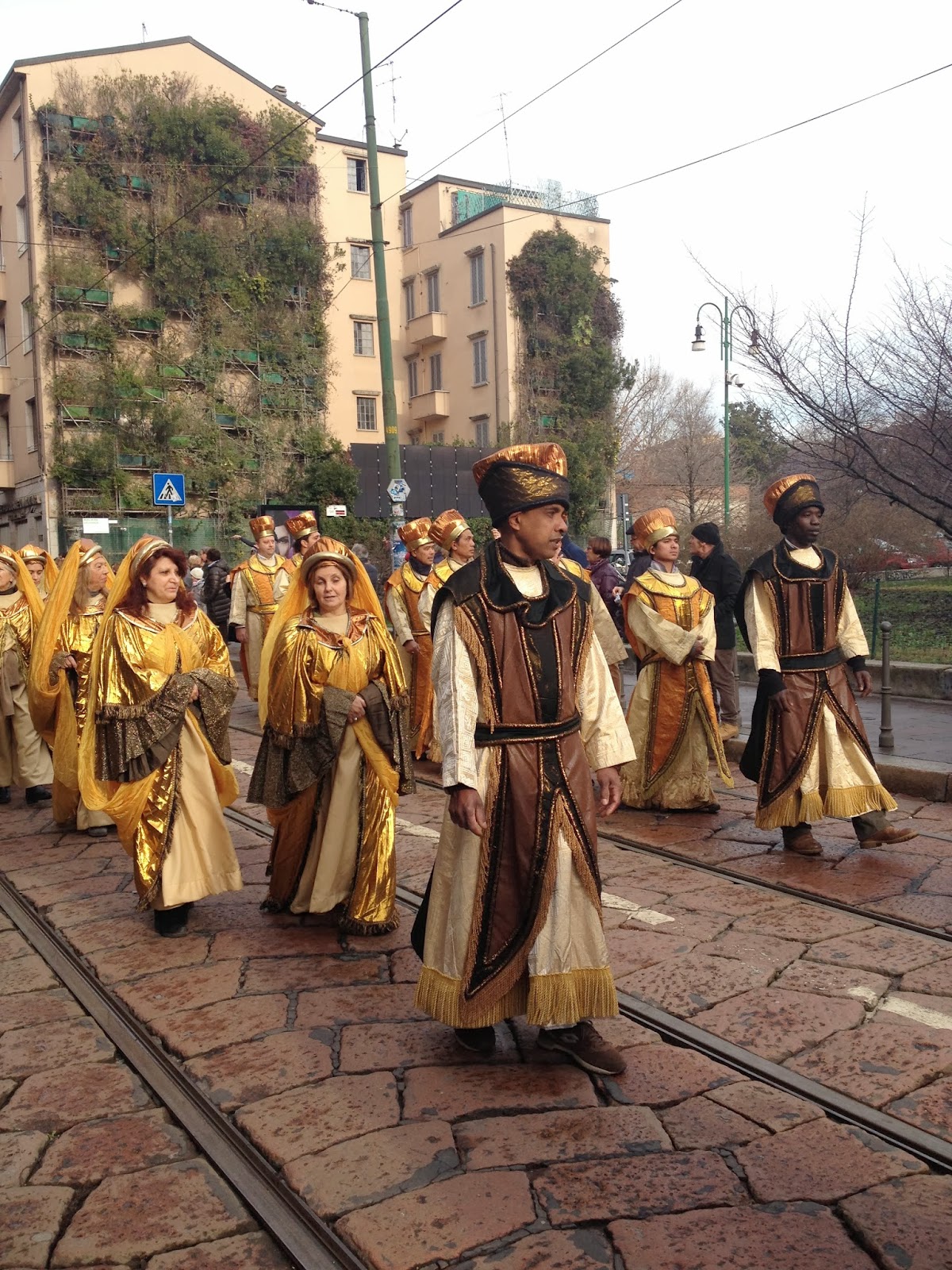 |
| Wine bar |
 |
| Luca |
Wine is served by the glass. Snacks are plentiful - raw vegetables, olives taggiasche, peperonata della casa, various nuts, and bruscetta. The goal of the Sarais family is for customers to meet each other, share stories, and learn about wine. They reinforce customer attitudes about wines they know and encourage them to develop a taste for new varieties. Ken and I decided that on each visit (we have now been there twice) we would sample four wines. Of the eight wines we drank, plus little tastes of dessert wines, we bought two different Barbarescos and one Barolo from Piemonte, an Amarone from Veneto, an obscure wine from the Marche region -- all very accessible reds -- and a half bottle of Recioto della Valpolicella (a dessert wine from Veneto)
 |
| Gianni |
During our first visit we discovered that a film had been made about Cantine Isola. We were given a copy and have spent close to two hours watching an entertaining and well-documented history of Isola and the neighborhood. A trailer is available on YouTube: http://www.youtube.com/watch?
From the DVD we learned that a wine establishment existed in that location as early as the 1890s. Gianni Sarais purchased the store in 1991. He had come as a young man to Milan from Sardinia. He and his wife, a Sicilian, operated a restaurant for many years. Gianni discovered that the wine shop was for sale and purchased it. Luca, his son, while studying economics, learned the trade and eventually became a full-time participant in running the store.
 |
| Back door leads to 4 small cellars |
 |
| The shelves |
What attracts customers to Isola? There is a loyal clientele - some have been customers for thirty years or more. The customers say that billionaires, paupers, artists and T.V. directors drop in. They describe Isola as part Alpine inn, part German tavern. Once a week, Luca reads a short poem written by a well-known poet, a local artist or a co-worker. He says the poem is always short because in Milan the finer things are concentrated.
Our last visit proved the point that if you come in alone you go out with friends. We arrived and greeted Luca. Immediately two customers introduced themselves. They were alums from the same military academy in Venice. One had traveled extensively in the U.S., in particular he had been to Boston many times on business. We discussed wine, travel, Milan, Italy, and politics. As they were about to leave, one of the men bought us a bottle of wine, as he said, a sign of hospitality. The experience confirms Luca's claim that Isola gives the customer a chance to feel good.




